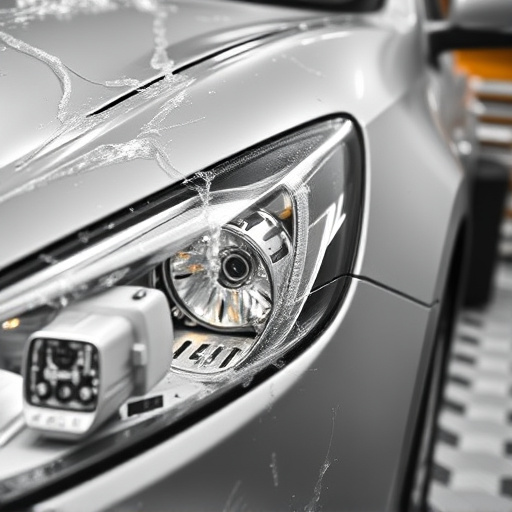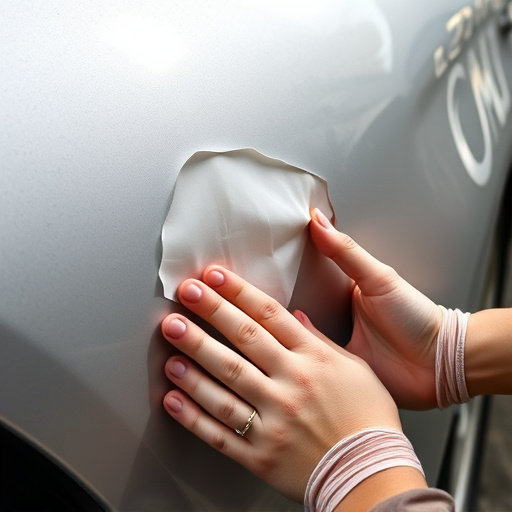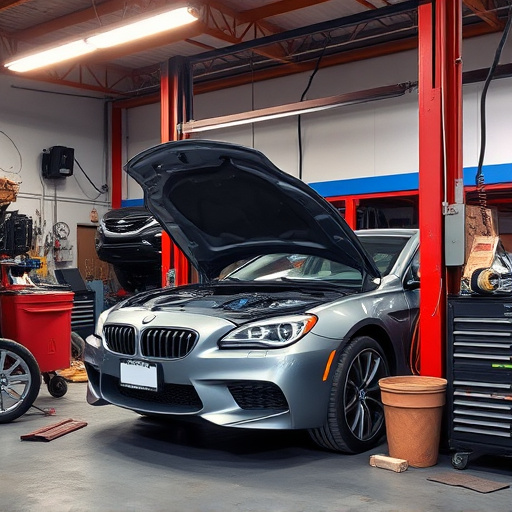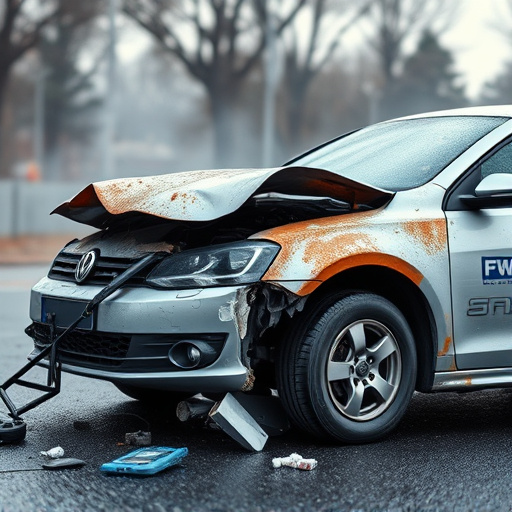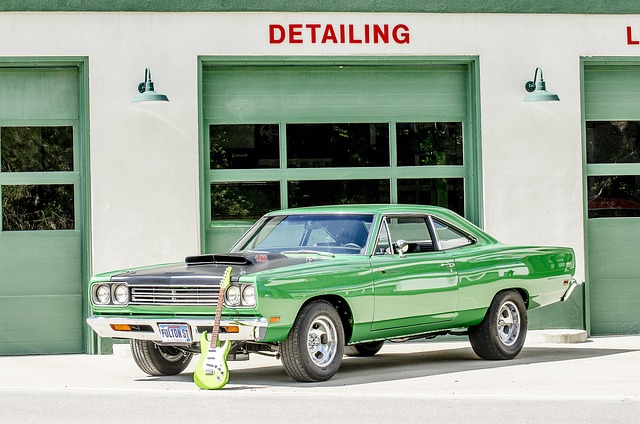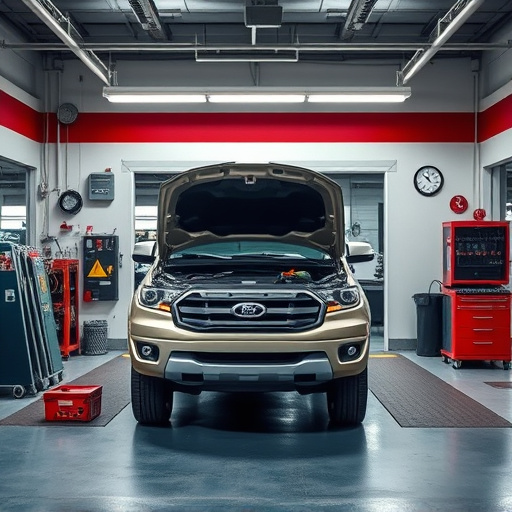Parking lot dents vary from minor cosmetic issues to significant structural damages, with causes ranging from careless drivers to weather conditions. Assessing damage is crucial, measuring depth and width, checking for surrounding panel cracks, and considering the shape of the dent. Minor dents may resolve on their own, but substantial or visible ones requiring professional parking lot dent removal to ensure safety, maintain vehicle integrity, and restore aesthetic appeal.
In the realm of automotive care, parking lot dents are a common nuisance. But how do you assess their severity before deciding on repair? This article guides you through understanding different types and causes of parking lot dents, providing a step-by-step assessment process. We’ll explore when it’s worth repairing, replacing, or leaving minor dents be. Get equipped with the knowledge to make informed decisions on effective parking lot dent removal strategies.
- Understanding Parking Lot Dents: Types and Causes
- Assessing the Damage: Step-by-Step Guide
- When to Repair, Replace, or Leave It Be?
Understanding Parking Lot Dents: Types and Causes
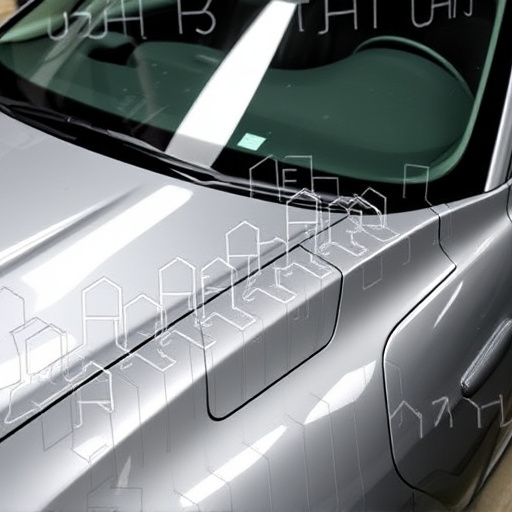
Parking lot dents can range from minor cosmetic issues to significant structural damages, impacting both the safety and appearance of vehicles. Understanding these dents is a crucial first step before deciding on parking lot dent removal or repair. Common types include door dings, bumper scratches, and deeper dents caused by collisions with other vehicles or obstacles like shopping carts.
The causes are varied: from careless drivers hitting nearby cars in crowded lots to heavy objects like signs or delivery trucks causing damage. Even tree branches or ice can leave their mark during winter months. Recognizing these dents is essential as it determines whether a simple auto detailing or a more complex automotive collision repair is needed, with the latter often involving specialized techniques and equipment for parking lot dent removal.
Assessing the Damage: Step-by-Step Guide
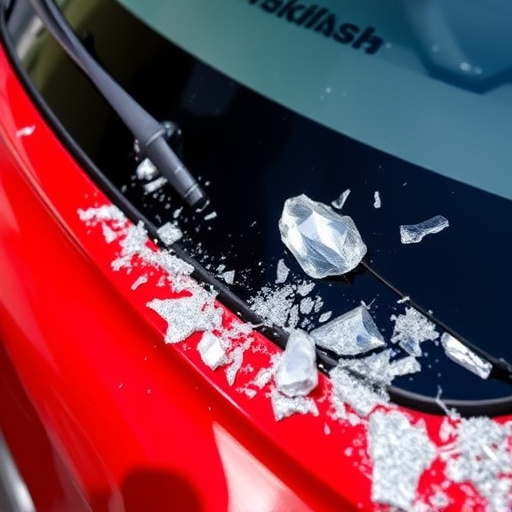
Assessing the damage is the first step in determining if a parking lot dent removal is necessary and the best course of action for car dent repair. Begin by examining the dent’s size, depth, and location on your vehicle. Measure its length and width with a tape measure; if it’s longer than 1 inch (2.5 cm) or deeper than 0.5 inches (1.3 cm), professional auto body painting might be recommended. Check for any cracks or damage to surrounding panels, as these could indicate more severe vehicle bodywork issues.
Next, consider the shape of the dent and its impact on your car’s appearance. Conical or rounded dents may be easier to fix with simple techniques like using a dent puller or a hairdryer method. In contrast, complex shapes or dents that affect the vehicle’s curve might require more advanced methods such as paintless dent repair or professional auto body shop services for a complete restoration.
When to Repair, Replace, or Leave It Be?
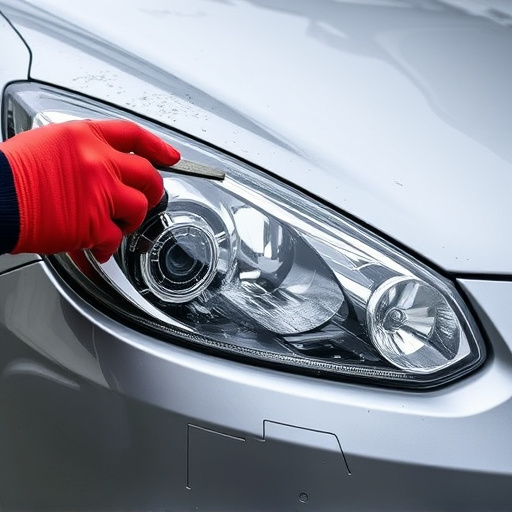
When considering whether to repair a parking lot dent or leave it as is, several factors come into play. The severity and size of the dent are primary indicators. If the dent is minor—a shallow dimple that doesn’t affect the car’s structural integrity—it might be best to simply leave it. These tiny dents often disappear over time with minimal impact on your vehicle’s appearance.
However, for larger dents that distort the metal or affect visibility (like those near headlights or taillights), professional parking lot dent removal is recommended. This includes cracks, large depressions, or any damage that compromises safety features like auto glass repair. Taking your vehicle to a trusted vehicle body shop for automotive collision repair ensures it’s handled by experts who can restore your car to its pre-dent condition, enhancing both its safety and aesthetic appeal.
When assessing the severity of a parking lot dent for removal, understanding both the type and cause is crucial. By following a systematic evaluation process, you can determine whether the damage requires repair, replacement, or if it’s best left as-is. Remember, timely intervention is key to minimizing impact on vehicle aesthetics and safety. Efficiently navigating these considerations will help ensure optimal outcomes for parking lot dent removal efforts.

